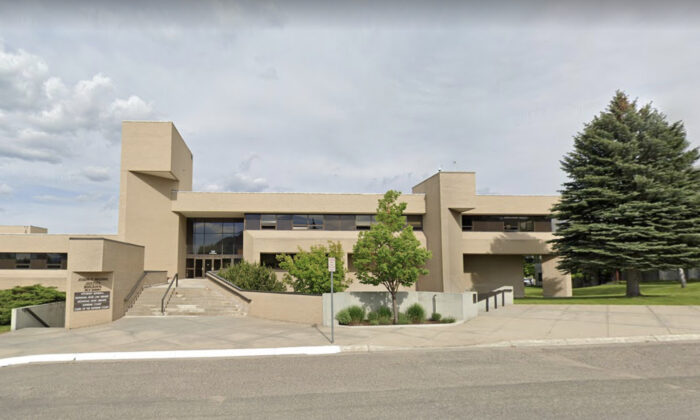
Among the early families of Rochester, few were more generous than that of Granville Woodworth. Or perhaps we should say that few were more generous than Woodworth’s daughters. For it was the adult daughters, known as Miss Flora, and Miss Mary, who inherited their father’s considerable fortune and distributed it through the community.
When Miss Flora, the final surviving member of her family died in 1925, the Post-Bulletin praised “Her charitable instinct, which was one of the characteristics of her father, who contributed liberally to charitable organizations.” ADVERTISEMENT Actually, it was not only Flora. Acting in concert with her sister Mary, Flora Woodworth left large portions of the family’s estate to their favorite local entities, including the First Universalist Church and the Civic League.

Most visibly, they set aside funds to construct the imposing Granville Woodworth Memorial Gateway at Rochester’s Oakwood Cemetery. That granite gateway, which was constructed in 1929, still stands at the main entrance to the cemetery. Granville Woodworth, the head of this extraordinary family, was an early settler of Rochester.
He was born in 1832 in Bridgewater, New York. In 1855, he joined the human tide moving west, and settled for a time in Janesville, Wisconsin. He married Harriet L.
Rose, and together they moved in the spring of 1857 to Rochester. Woodworth was a building contractor, and had a hand in constructing the Cook Hotel, early state hospital buildings, the First Universalist Church, and the Heaney Block. “Many private homes were built under Mr.
Woodworth’s directions,” the Post and Record said. He later ran a successful grain business. When Woodworth died in 1904, the Post and Record said, “His death has removed from our circle a man whose influence has always been for good, and whose kindly gentleness and courtesy has been felt and appreciated by many.
” There were numerous accounts of Woodworth quietly providing funds for charitable works. A third daughter, Miss Kate, had died in 1888, followed by Harriet Woodworth in 1899. With Granville’s death, Miss Flora and Miss Mary continued to live in the family home built by their father at 405 W.
Center St. There, they tended his fortune and made plans for giving it away. When Miss Mary became ill and before she died in 1923, she and Flora decided on the disbursal of the family estate.
Their plan was revealed shortly after Miss Flora died at her home three days after Christmas, 1925. It soon became known that the sisters had left considerable sums to local organizations. ADVERTISEMENT To the Civic League, the sisters left $35,000, in part to erect a building in the downtown area for women and children to use as a restroom, “without price and without regard to religious creed or affiliations.
” The sisters left the Rochester Cemetery Association $35,000 to erect the entry gateway as a memorial to their father. As a memorial to their mother, Miss Flora and Miss Mary left $25,000 to the Universalist Church as a trust fund to pay for flowers and music. Construction of the Granville Woodworth Memorial Gateway at Oakwood was completed in October 1929.
It was designed to be 25 feet high and 33 feet long; impressive but not ostentatious, much like the man it honors and the family who funded it. Thomas Weber is a former Post Bulletin reporter who enjoys writing about local history..














